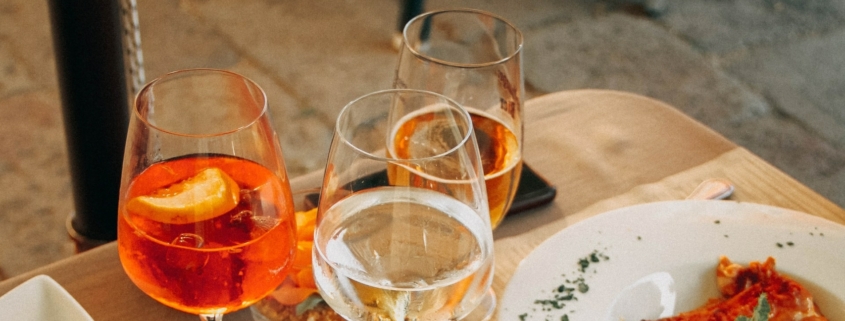How should you talk to your doctor? Short answer: Like you would talk to any other human. It’s your doctor’s job to listen.
Here goes the longer answer.
This week, I gave a lecture to first-year medical students on how to take a medical history from a patient. I’ve delivered this lecture for the past seven years. The central message I impart to the students is one that reaches back to the beginning of modern medicine, but is no less relevant today.
Sir William Osler, a physician from the 1800s, stated it most clearly when he said, “Listen to your patient. (They are) giving you the diagnosis.”
I put this quote up on a slide for the students, who are new to medical school, but who have nevertheless heard this quote already from several faculty before hearing it from me. I tell them, “We repeat it a lot, but then we ignore it.”
I ask the students, “If it is so important to listen to our patients, why don’t we?”
“There’s not enough time.”
“We’re too busy.”
“We have biases.”
“We forget how important it is.”
The students call out all the right answers. What used to a be a 30-minute office visit has been cut down to 15 minutes, if that. Computer work and paperwork have increased at an astronomical rate, further cutting into patient care time. We rush to judgement, abandoning the idea that we should be thinking about all possible diagnoses before narrowing our focus. And, in an era where blood tests and imaging studies abound and require only a click of the computer mouse to order, minutes can be saved by just doing that, at the expense of giving our attention to the person in front of us.
Over the next three hours, through practice patient interviews and other small group exercises, I try to convince the students that no matter what the external forces pressing on them are, when they have a patient in front of them over the course of their careers, they should try to block out the rest of the world and just listen. They will have many more practice and empathy-building sessions over the next several years of their medical education, but eventually, they will enter the real world. And the real world does not pay doctors to listen to their patients. It pays them to go quickly and “efficiently” through their day.
So, what’s a patient to do?
I have a friend who is dealing with a very serious health issue. She tells me how she brings copies of her tests and CDs of her scans along with her so the results are always on hand in case the doctor doesn’t have them. She tries to be as brief as possible and show little emotion to her obviously harried physician, who she fears will dismiss her if she is too “difficult.” Instead of being able to focus on what she needs from her visit, she tries to bond with the doctor over shared interests and manage the doctor’s needs. And my heart breaks for her every time I hear about her latest visit. In addition to dealing with a miserable diagnosis, she has to expend mental energy to try to figure out how to make the most of the time with her physician.
It shouldn’t be this way, but for so many patients, it is. As medical professionals, we have to do better. Someone who comes to us for care and compassion deserves just that. There are some medical facilities that give their physicians the resources to be able to spend more time with their patients. There are physicians in private practice who have, through a combination of good luck and good business sense, figured out how to keep a practice afloat and give their patients the time they need. In some areas, these practices can be hard to find, or even if they exist, they are not necessarily on your insurance plan.
I can ask you to find a doctor who will give you the time to listen, but I imagine that you’ve tried this already. So, as much as it pains me to say it, my friend is doing what she needs to do to be heard and treated appropriately. Bring your important records with you (never assume the doctor has them). Be ready to summarize your story as “efficiently” (yes, I hate this word in medicine) as possible. For some people, bringing a typed-out version of their story can help. Tell your doctor all the issues you would like for them to address at the beginning of the visit so you can be sure that something you may need isn’t left until the end when time may have run out. And importantly, be your own advocate. If something isn’t right, say so. If something isn’t working, say so. Ultimately, your doctor wants you to get better. They want to help, but the system we all find ourselves in isn’t conducive to forming a strong patient-doctor relationship. There are some who are working to change this, but as always, change can never come fast enough.






